Socio -economic development in recent years is posing many environmental challenges in Ha Long Bay and Cua Luc area (Quang Ninh province), especially the decline in seawater quality, threatening the endemic marine ecosystem.
Meanwhile, traditional monitoring methods such as on-site sampling and analysis have many limitations in terms of cost, time and monitoring scope.
Faced with that reality, Vietnamese and Polish scientists have coordinated to deploy research on the application of remote sensing and artificial intelligence in water quality monitoring - a modern, economical approach that allows continuous monitoring over a large area.
The collaborative research mission coded QTPL01.03/23-24, jointly implemented by the Vietnam Space Center (Vietnam Academy of Science and Technology) and the Polish Institute of Geophysics (Polish Academy of Sciences), helps provide more effective monitoring tools for marine environmental protection in key coastal areas.
Modern approach
According to Dr. Vu Anh Tuan, Deputy General Director of the Vietnam Space Center, who is in charge of the mission, this is the first project in Vietnam to simultaneously use Sentinel-2 satellite data, advanced machine learning algorithms and the GEE platform (Google's cloud computing platform) to model and monitor water quality parameters such as surface temperature, suspended solids, chlorophyll-a and chemical oxygen demand.
From the model results, the research team built spatio-temporal water quality distribution maps, helping to monitor fluctuations and provide early warning of pollution risks in Ha Long Bay and Cua Luc.
These are two strategic water areas in Quang Ninh province, not only rich in landscape and ecological values but also playing an important role in the economic and tourism development of the province.
These maps can be used in water resources management, supporting environmental protection and guiding sustainable development of coastal areas.
Cleaning up the environment in Ha Long Bay. (Photo: Thanh Van/VNA)
Dr. Vu Anh Tuan said the novelty of the research lies in the synthesis and creative application of remote sensing, artificial intelligence and cloud computing technologies to solve the complex problem of water quality monitoring in Ha Long Bay, while also proposing feasible solutions to overcome the challenge of data shortage and providing in-depth analysis of high practical value.
The study established machine learning models and calibrated them to achieve an accuracy of over 73% and generated maps of the distribution of these parameters seasonally and by annual average.
In addition, the study also opens up a new approach in applying remote sensing technology combined with machine learning to monitor water quality, thereby effectively supporting water resource management in key coastal areas.
Towards widespread deployment across the seas
Dr. Vu Anh Tuan added that the study used data from the Sentinel-2 satellite (MSI sensor) in the period 2019-2023, combined with actual measurement data from the Department of Natural Resources and Environment of Quang Ninh province and the National Oceanic and Atmospheric Administration (USA) to forecast water quality in the study area.
A total of 78 satellite images were processed and analyzed on Google cloud computing platform. Then, machine learning algorithms such as random forest, boosting regression and AdaBoost regression were applied to predict water quality indicators.
According to Dr. Vu Anh Tuan, the study also identified important spectral bands from Sentinel-2 satellite images, contributing to optimizing machine learning models and minimizing data collection costs in the future.
The research will be applied across Vietnam's seas. (Photo: Viet Hoang/VNA)
From the model results, the research team built spatio-temporal water quality distribution maps, helping to monitor fluctuations and provide early warning of pollution risks in Ha Long Bay.
These maps can be used in water resources management, supporting environmental protection and guiding sustainable development of coastal areas.
Regarding future research directions, Dr. Vu Anh Tuan said that in the coming time, the research team proposes to increase the frequency of observation and sampling, and further integrate AI with satellite image data to improve the accuracy of calculation parameters.
In particular, expanding the integration of different types of satellite data (currently, the team has tested on 3 types of satellites) will help increase the frequency of observations and not only limit to 4 water quality parameters, but can be expanded to 5, 6 or more.
One of the next important directions is that the group will widely deploy this research throughout Vietnam's seas.
Although each sea area has its own characteristics, with the same research platform and framework, calculation methods can be adjusted to bring accurate and suitable results.
The ultimate goal is for the team to establish a comprehensive system that continuously monitors and controls seawater quality parameters.
The system will provide important information to planners, giving timely warnings about water pollution, especially the impacts on aquaculture and other marine economic sectors.
Evaluating the results of this research, Associate Professor - Doctor Pham Quang Vinh, member of the Acceptance Council of the Vietnam Academy of Science and Technology, said that by promoting the application of AI in water environment research, the research team used new algorithms to process remote sensing data in coastal water environment research.
This is a typical example of effective scientific cooperation with a joint publication between the two sides in SCIE Q1 - a high-quality international journal; thereby, contributing to promoting scientific research cooperation between Vietnam and Poland, opening up new development directions for both countries./.
(TTXVN/Vietnam+)
Source: https://www.vietnamplus.vn/viet-nam-lan-dau-tien-ung-dung-ai-va-vien-tham-giam-sat-chat-luong-nuoc-bien-post1044935.vnp



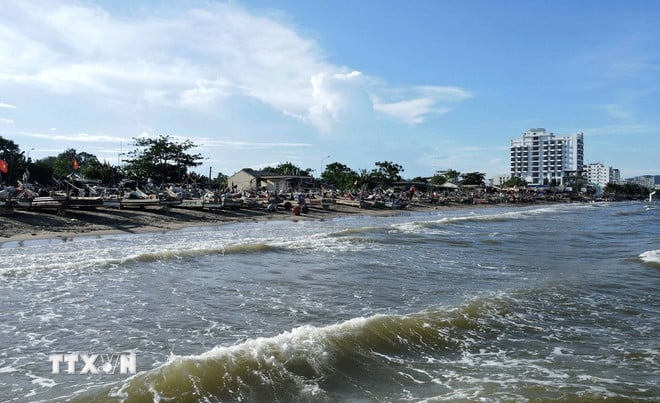






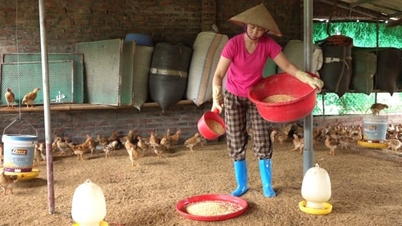

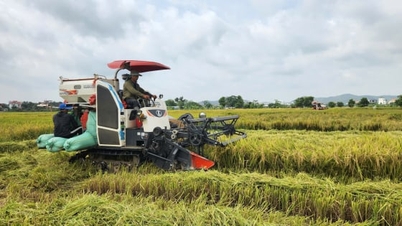
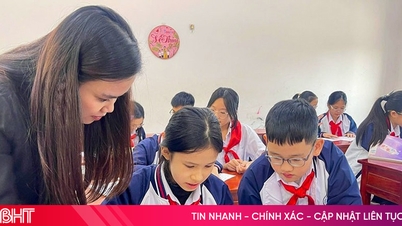



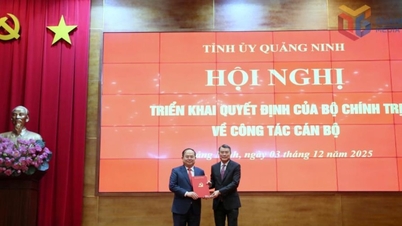



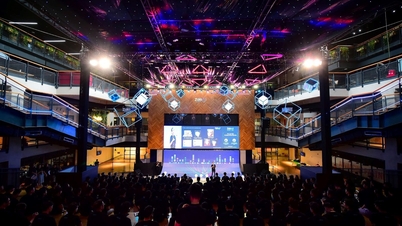

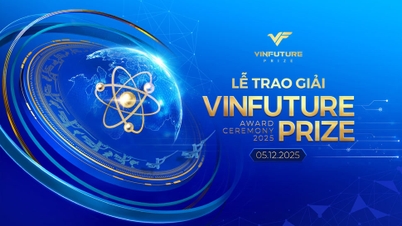



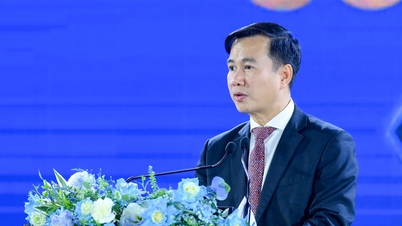
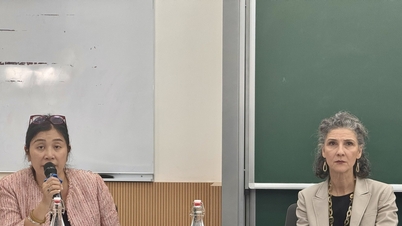






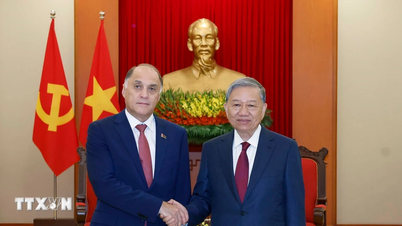
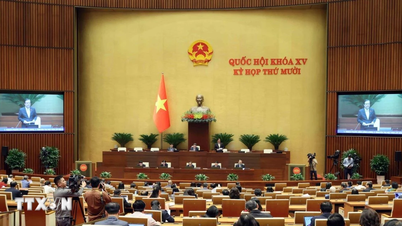
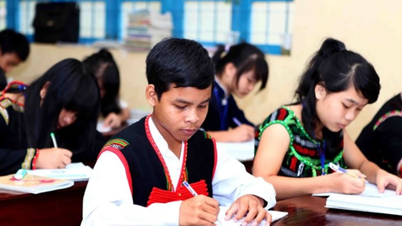
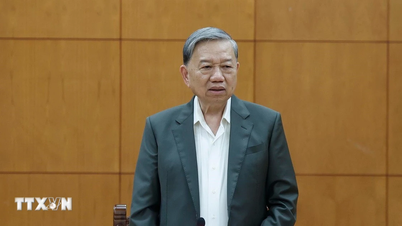
![[Photo] Worshiping the Tuyet Son statue - a nearly 400-year-old treasure at Keo Pagoda](/_next/image?url=https%3A%2F%2Fvphoto.vietnam.vn%2Fthumb%2F1200x675%2Fvietnam%2Fresource%2FIMAGE%2F2025%2F12%2F02%2F1764679323086_ndo_br_tempimageomw0hi-4884-jpg.webp&w=3840&q=75)
![[Photo] Parade to celebrate the 50th anniversary of Laos' National Day](/_next/image?url=https%3A%2F%2Fvphoto.vietnam.vn%2Fthumb%2F1200x675%2Fvietnam%2Fresource%2FIMAGE%2F2025%2F12%2F02%2F1764691918289_ndo_br_0-jpg.webp&w=3840&q=75)
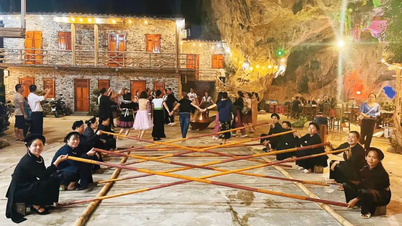

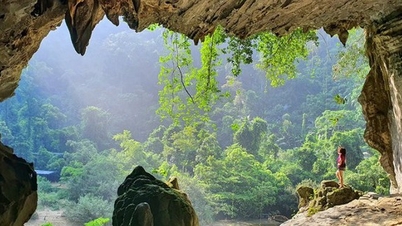
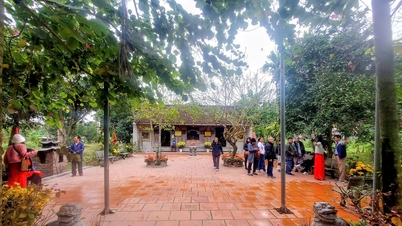





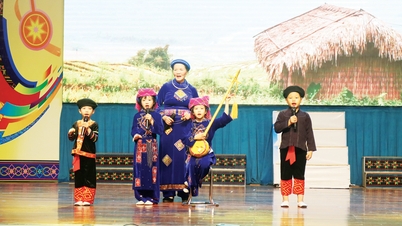



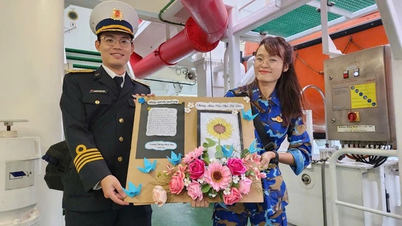



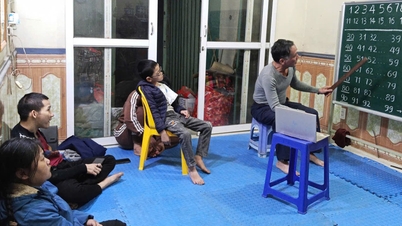
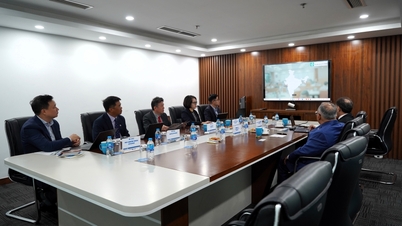
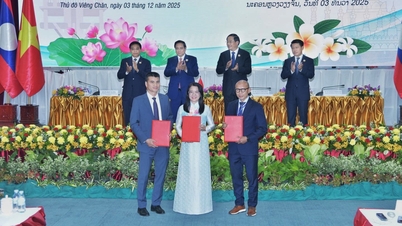




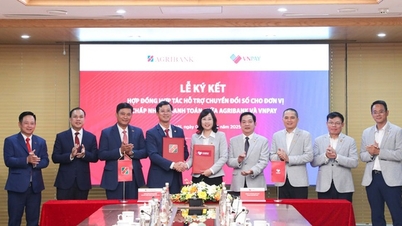







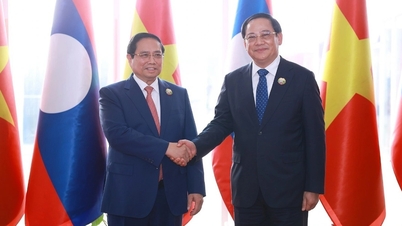

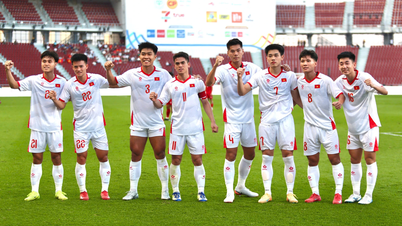












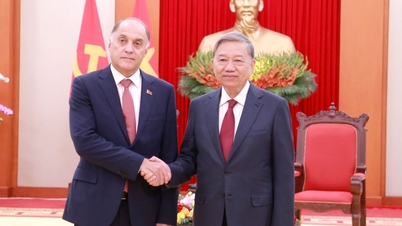
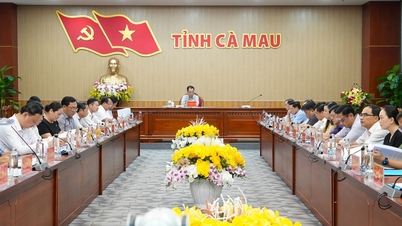

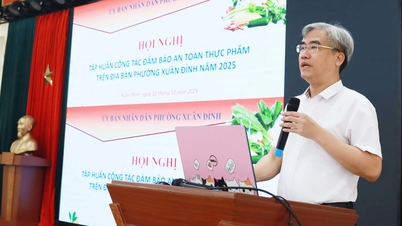
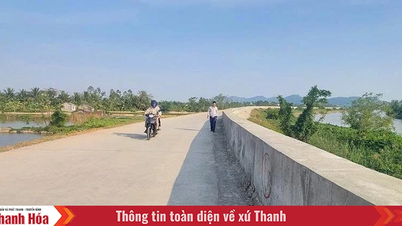



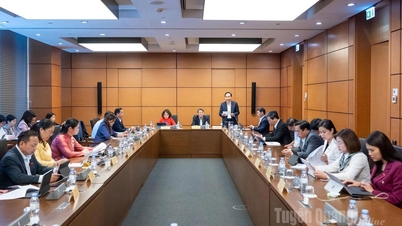








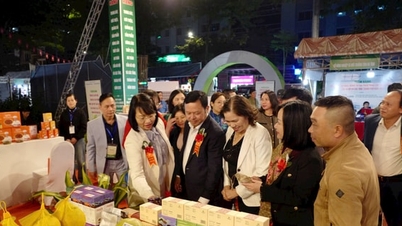



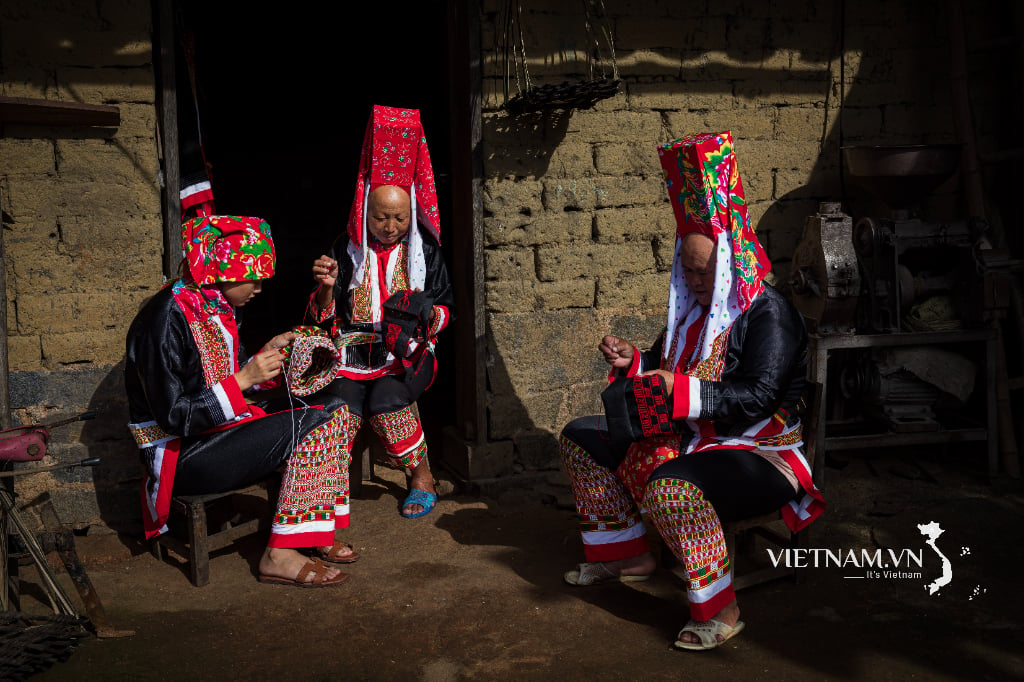
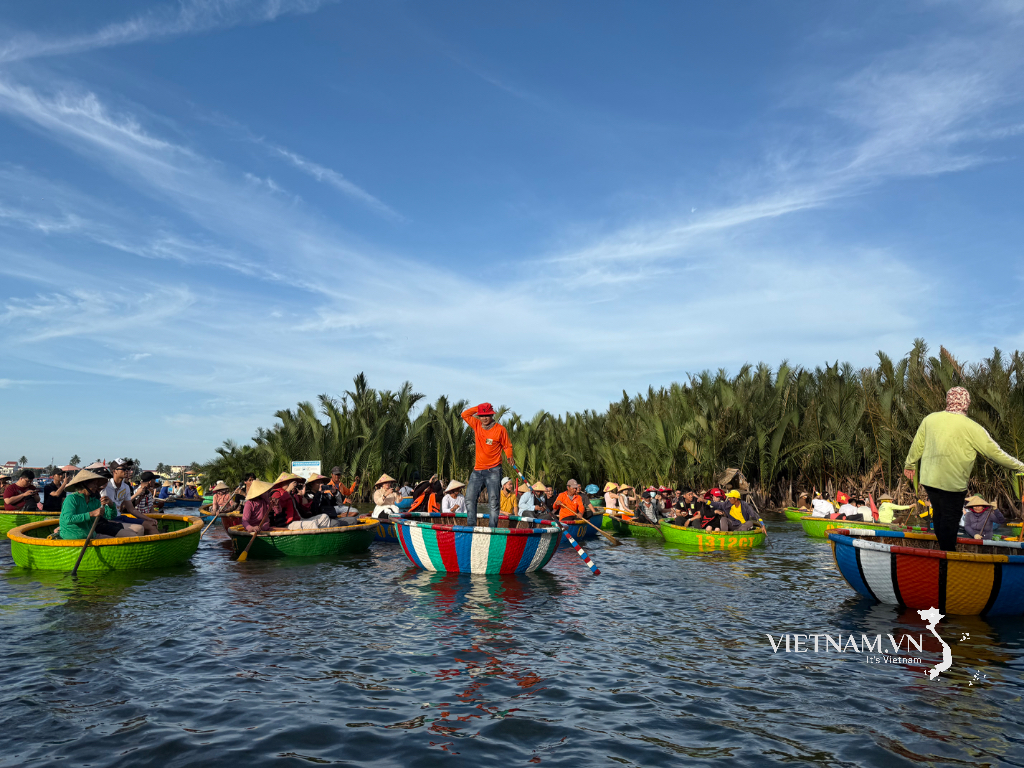
Comment (0)